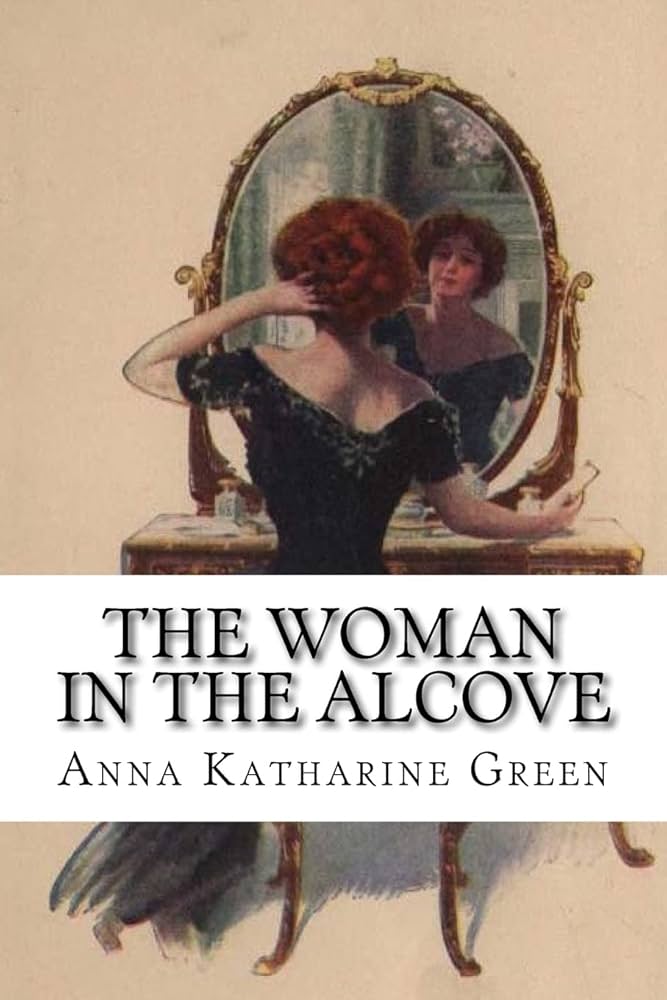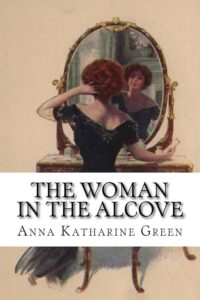Chapter I — The woman in the Alcove
byChapter I – The woman in the Alcove opens on a glittering evening in New York, where elegance and excitement fill every corner of a grand ballroom. The narrator, though self-described as plain and unremarkable, finds herself unexpectedly swept into a moment of personal joy and disbelief. Her life, long focused on the quiet care of others in the field of nursing, takes a sudden turn when Anson Durand, a man of social polish and charm, confesses his love. His proposal, made in the calm intimacy of a conservatory away from the music and chatter, catches her off-guard. That he would choose her, among so many refined and confident women, stirs both happiness and uncertainty. Yet even in this tender exchange, a subtle shadow is cast—Durand’s gaze strays, notably toward Mrs. Fairbrother, a striking guest whose presence draws attention throughout the ballroom.
Mrs. Fairbrother is more than simply beautiful—she is captivating, almost theatrical in her appearance. Her dress shimmers, but it is the dazzling diamond she wears that commands the room. The gem is no ordinary accessory; its unusual brilliance and sheer size cause murmurs among guests. Durand’s attention lingers on the diamond, and while he continues to speak of love and swift marriage, his eyes often drift to the alcove where Mrs. Fairbrother entertains. This shift in focus does not go unnoticed by the narrator, though she remains silent, unsure if jealousy or intuition prompts her unease. The atmosphere subtly changes as guests, including a curious English gentleman, seem drawn toward the woman and her jewel. Though nothing overt is said, an undercurrent of tension begins to form beneath the evening’s polished surface.
The alcove, an architectural flourish meant to display art, now serves as Mrs. Fairbrother’s stage. Her laughter echoes from within, mingling with admiration from onlookers, and the statue that was meant to stand there remains conspicuously absent. This setting, both lavish and strangely misplaced, adds to the surreal feeling taking hold. Durand appears restless, his conversation with the narrator growing scattered despite the significance of his marriage proposal. He mentions a chance he’s taken, something that will determine their future, promising resolution by morning. There’s a certain urgency in his tone, as if time itself has narrowed and he is determined to seize something fleeting. Still, the narrator, deeply in love and overwhelmed, chooses to trust him, even as unspoken questions form in her mind.
The English guest—well-dressed, polished, and reserved—circles the scene like a hawk watching its prey. His eyes follow Mrs. Fairbrother’s every move, but not with romantic interest; his focus seems to rest entirely on the diamond. There is something calculated in his behavior, something that sets him apart from the other guests who merely admire from afar. While the crowd continues in its festive rhythm, the narrator feels a growing sense of foreboding. Every joyful note played by the orchestra now carries an edge. As the party continues, this gentleman maneuvers closer to the alcove, blending into the crowd with the grace of someone experienced in observing without being observed. His presence becomes a silent alarm the narrator cannot explain, but she senses that beneath this celebration, something dangerous is preparing to unfold.
Durand’s behavior deepens the tension. Though he speaks of immediate wedding plans and romantic futures, his responses grow shorter and his focus increasingly shifts away. The narrator wants to hold onto the joy of the moment, but the sparkle of Mrs. Fairbrother’s diamond, and Durand’s fixation on it, refuses to be ignored. His insistence on haste in their marriage plans puzzles her—especially paired with cryptic hints about upcoming financial matters. He speaks of a risk, a business move, and how tomorrow it will all become clear. There is love in his voice, but also distraction—one that casts a long, invisible line back to that gleaming stone. And still, the narrator clings to the hope that love will win over doubt, despite the growing strangeness of the night.
Then, abruptly, the illusion begins to crack. A waiter stumbles out from the alcove, visibly shaken, and cries out—a sound that silences the entire ballroom. The music ceases. Conversations stop mid-sentence. Eyes turn, first toward the waiter, then toward the alcove. Panic is contagious, and it sweeps across the crowd like wind over dry leaves. The narrator’s heart pounds, and all thoughts of love are replaced with a surge of dread. In one instant, the opulence of the evening vanishes, replaced by a dark curiosity and rising fear. Something has happened in that alcove, something that will change everything.
As onlookers begin to move toward the scene, the narrator feels herself being pushed forward by a force she cannot explain. The fairy-tale moment of the proposal is now lost in an atmosphere dense with uncertainty. People murmur about the woman in the alcove, the diamond, and the strange guest who seemed too invested in its brilliance. What was meant to be a joyful memory becomes the beginning of a haunting chain of events. The narrator, caught between joy and suspicion, understands only that something precious has shifted—perhaps love, perhaps truth—and that nothing will be the same from this moment on.


